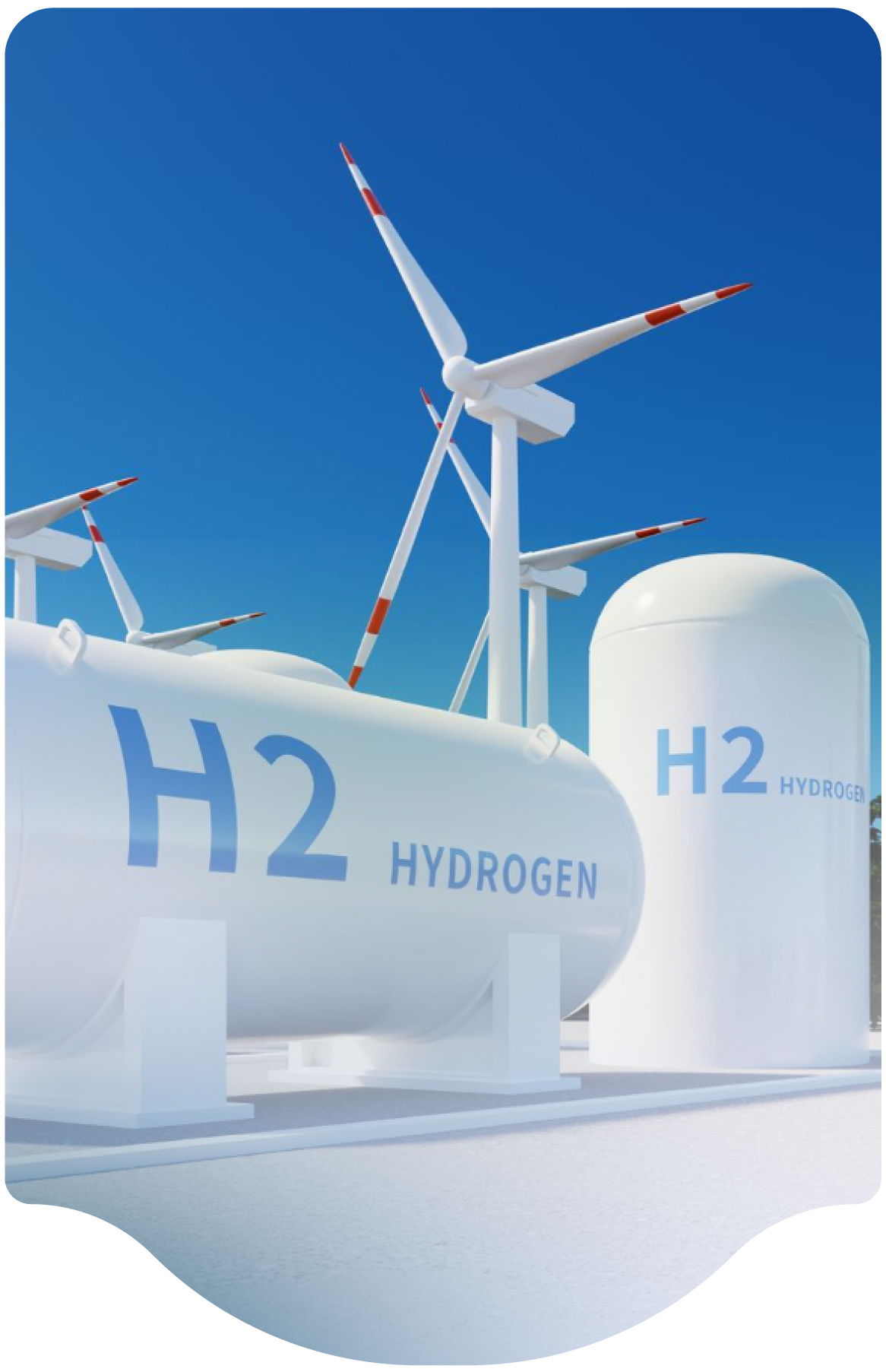- Home
-
Resources
- Center for Hydrogen Safety
- Hydrogen Fuel Cell Codes and Standards
- Learnings & Guidance
- Paper & References
- Web-based Toolkits
- Workforce Development

- Contact
- About H2Tools
- Welcome to the Hydrogen Tools Portal
- helpdesk@h2tools.org
FAQ
Frequently Asked Questions
Question & Answer
- 265 results found
- Clear All
Nearly all hydrogen storage tanks and hydrogen storage systems will need some type of pressure relief system to protect the vessels from overpressure. If there are pressure relief devices, some means to vent the hydrogen to a safe location will be needed. An exception to this is hydrogen cylinders due to their relief device type (lead-backed rupture discs (CG-4/5) and
the need to transport…
Category: System Design
Keywords: Vent System, Storage, Transport, GH2
The distances provided are minimums. While they might be sufficient for most vents from small systems, larger vents will require both a dispersion and radiation analysis to determine the height needed.
Category: System Design
Keywords: Flow
This decision would depend on the system design, system operation, and a hazard assessment. Likely it would be better to run all hydrogen vents to a common vent or flare system, but this might also restrict the ability to isolate smaller sections for maintenance.
Category: System Design
Keywords: Electrolyzer, Facility, Vent, Hazards Analysis, System Design
CGA G-5.5 provides several options for vent stack outlets but not all options, nor does it tell when one outlet type is better than another design.
Figure 7, is one design, but in my opinion, not the best design. For instance, for warm gas, typical no-flow, normal scenarios (like a rupture disc on a vent system), Figure 5, a capped vent pipe is the simplest.
My preference depending…
Category: System Design
Keywords: Vent Stack, Temperature, System Design
We would not open the vent system to inspect the internal piping without a good reason.
It is recommended to check for water in the vent stack trap
- At startup and daily during startup.
- On LH2 tank system, every delivery
- After the 1st rainstorm after a system is installed
- LH2 vent stacks after establishing the baseline above
- After every large…
Category: Miscellaneous
Keywords: Vent System, Piping, LH2, Guidelines
Absolutely. Vent systems will experience a variety of transient conditions of pressure, temperature, and thrust load, so stress analysis to anticipate the strength and flexibility needed are important for safe design. These issues are often overlooked and only become an issue when they are called upon to operate in emergencies.
It is a best practice to include the vent system in…
Category: Hazards Analysis
Keywords: Vent, Piping, Stress Analysis , Vent System, Hazards Analysis
Yes, and this is frequently done. A redundant vent stack might have its own independent redundant relief devices, or it may take the form of a secondary stack attached to the same devices. When a secondary vent stack is installed in parallel using the same relief devices, there often will be a means to isolate the second stack, such as a rupture disc, from the first except in
emergencies.…
Category: System Design
Keywords: Vent Stack, Pressure Relief Device, Rupture Disc
The potential of an explosive atmosphere is inherent with any vent system and must be addressed through adequate design. Purging for most vent stacks is impractical due to availability or cost. In addition, and particularly for LH2 systems, the purge gas can cause potential safety issues. The primary way that explosive atmospheres are addressed is through ensuring that the design of the vent…
Category: System Design
Keywords: Explosion, Vent System, Vent Stack, Detonation, System Design
Plugging is a concern before, during, and after a release. Prior to the release, water may accumulate in the vent system from weather conditions (rain, snow, etc.) or from condensation, particularly if there is intermittent flow which causes the stack to get cold. This water can freeze due to ambient conditions prior to a release, thereby blocking the stack. It is also possible for
other…
Category: System Design
Keywords: LH2, Plugging, Vent System, Temperature
Yes, small flowrate vents may be invisible, particularly in daylight. Sometimes it may still be possible to see heat striations in the air from the heat generated by the fire, but it can be difficult to discern at low flowrates.
Category:
We are professional and reliable provider since we offer customers the most powerful and beautiful themes. Besides, we always catch the latest technology and adapt to follow world’s new trends to deliver the best themes to the market.
Contact info
We are the leaders in the building industries and factories. We're word wide. We never give up on the challenges.
- 2 Queen Street,California, USA
- (+84) 04 123 456
- :Helpdesk@h2tools.org
